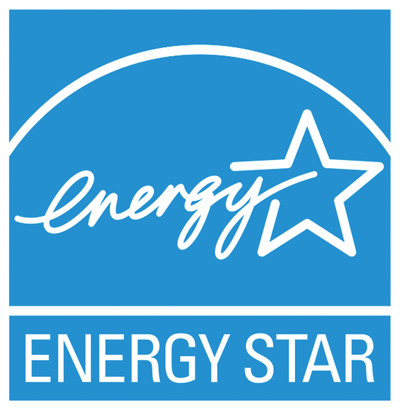Commercial, Energy Efficiency, Industrial - December 7, 2020 - By ENERGY STAR
Energy Treasure Hunts During COVID-19
2020 was supposed to be a big year for energy treasure hunts and the U.S. EPA’s ENERGY STAR© program. Last fall, ENERGY STAR soft-launched a new campaign to promote energy treasures hunts which have proven to be very effective for finding energy savings, engaging employees, and building better energy management practices. The campaign is called "Find the Treasure" and offers recognition for companies, organizations, or facilities that share their treasure (information on the potential energy savings) found during an energy treasure hunt with ENERGY STAR. In 2019 over 35 organizations conducting over 100 treasure hunts “shared” 7 trillion BTUs in potential energy savings that could save over $37 million in energy costs. Organizations adding treasure to the chest ranged from industrial operators such as Colgate Palmolive, Treehouse Foods, and General Motors to commercial property operators such Cambridge Health Alliance, Wyndham Desert Blue, Catholic University, and Sherwood Cass R-VIII School District. The full list of participants and their findings can be found here.
During an Energy Treasure Hunt, teams walk around a facility looking for quick ways to save energy. Those quick fixes can add up to big savings. Hundreds of organizations have used Energy Treasure Hunts to reduce their facilities' energy use by up to 15 percent while building energy teams and better management practices.
Then, the global COVID-19 pandemic hit, restricting travel, facility access, and mandating social distancing. Consequently, many organizations have had to put their treasure hunts on hold or cancel altogether.
As the pandemic dragged on, several companies and organizations began to find innovative ways to adapt their treasure hunt process in order to continue to carry out the mission of their energy programs to find energy savings opportunities.
ENERGY STAR interviewed these companies to identify strategies that other organizations could use to adapt their treasure hunts. These strategies range from conducting deeper data analysis to linking on-site teams to remote teams via streaming video. These strategies can be found in a tip sheet called Energy Treasure Hunts during Covid-19.
The tip sheet provides suggestions for how to adapt treasure hunts for COVID related safety precautions, including:
- Utilizing virtual meeting platforms to conduct preparation activities, training, the opening presentation, team meetings, and the report out presentation, as well as coordinate the on-site event
- Using smaller teams to investigate target areas, equipment, or systems
- Taking advantage of closed facilities to look more closely at specific systems
- Conducting deeper remote analysis of facility energy use data, when possible
- Using a combination of on-site and off-site teams to capture and quantify energy-saving opportunities (ESOs)
The tip sheet also offers a useful checklist for conducting virtual treasure hunts using streaming meeting platforms and team members working remotely. While virtual or remote treasure hunts can’t fully replace the traditional approach, many of the companies that were interviewed for the tip sheet reported that the process of adapting their treasure hunts for the pandemic has helped them identify new approaches they will use in the future. General Motor, for example, is now offering to help their suppliers conduct virtual treasure hunts based on their experiences conducting remote treasure hunts at their own facilities.
If your organization has conducted an energy treasure hunt over the past year, please let ENERGY STAR know. The Find the Treasure campaign continues and now, more than ever, it's important for other energy managers, programs, and organizations to know that it is still possible to conduct energy treasure hunts despite some of the new challenges we are all facing.
 ENERGY STAR® is the government-backed symbol for energy efficiency, providing simple, credible, and unbiased information that consumers and businesses rely on to make well-informed decisions. Thousands of industrial, commercial, utility, state, and local organizations—including about 40% of the Fortune 500®—partner with the U.S. Environmental Protection Agency (EPA) to deliver cost-saving energy efficiency solutions that improve air quality and protect the climate. Click here for more information.
ENERGY STAR® is the government-backed symbol for energy efficiency, providing simple, credible, and unbiased information that consumers and businesses rely on to make well-informed decisions. Thousands of industrial, commercial, utility, state, and local organizations—including about 40% of the Fortune 500®—partner with the U.S. Environmental Protection Agency (EPA) to deliver cost-saving energy efficiency solutions that improve air quality and protect the climate. Click here for more information.
Share this valuable information with your colleagues using the buttons below:
« Back to ColumnsStay Up-To-Date












